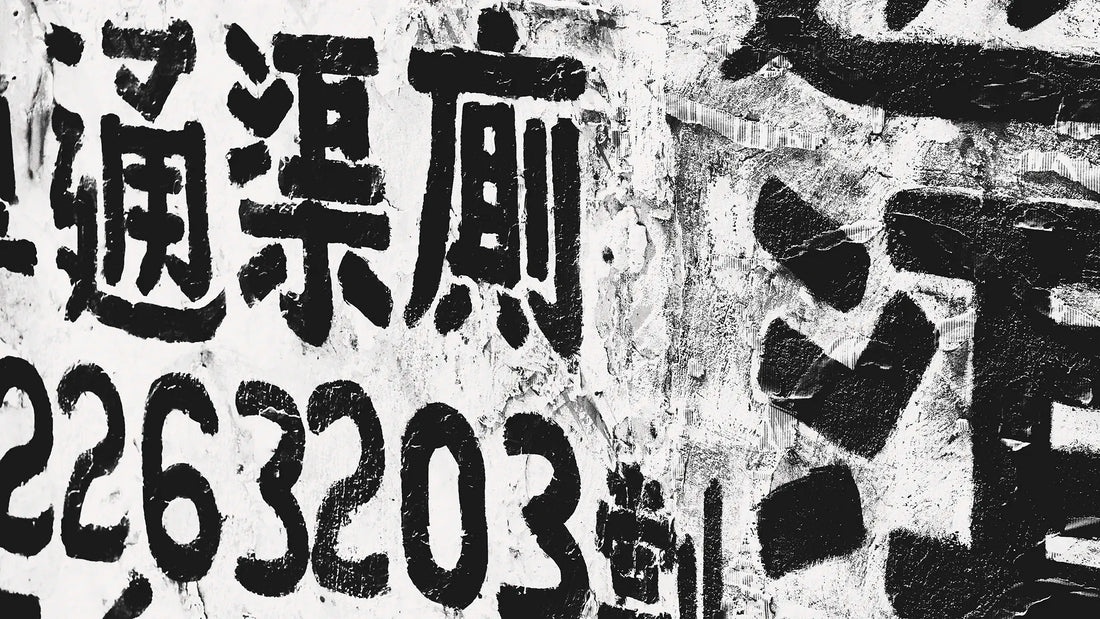
Self-limitations in street photography
The capitalist plethoric market overwhelms us with consumer choices. We call it a "plethoric" market in the sense of abundance of everything and for everyone. The companies that feed it spend huge amounts of money on advertising campaigns to convince us that our lives will be better if we buy their products. Not only is the photography sector no exception to this state of affairs, but the level of constant updating and production of photographic equipment and accessories places us among the elite of the groups affected by GAS, an acronym for Gear Acquisition Syndrome.
This is one of the facets of what for me is a necessary self-limitation, that is, the one that has to do with photographic equipment. With the physical tools for capturing images. In 2016 I made the decision to switch to Fujifilm and sell my 3 Nikon cameras and a whole suitcase of lenses of varied focal lengths and characteristics. I decided then to stick to cruising the streets with the Fujifilm X-T2 and the Fujifilm FUJINON XF16mmF1.4 R WR. I have been upgrading this combination always on a limited basis and with the specific goal of reducing size and weight. For example, despite my love for the Fujifilm FUJINON XF16mmF1.4 R WR, when the Fujifilm FUJINON XF 16mm F2.8 R WR came out I grabbed one and since then I rarely take it off my camera. Much smaller and lighter, it nevertheless maintains a very similar level of optical quality to its predecessor. This change of attitude and strategy has beneficial effects both in terms of reducing anxiety and alleviating family finances.
The other aspect of what I consider necessary self-limitations has to do not only with the image capture, but also with its processing. A classic example would be the choice between black and white or color. Joel Meyerowitz says that the first time he went to buy a roll of film for his camera, the person across the counter asked him, "Black and white or color? Joel hadn't thought about it and ended up going with color because "the world is colorful." A decision that undoubtedly had a profound impact on his later work. Other photographers, even in the world of digital photography, opt exclusively for black and white. For example, through the, not exactly cheap, Leica Monochrom. I have not been able to fully decide between the two options. Although my preference is undoubtedly for black and white photography, there are images that lose part of their meaning, their "soul," when they lose color.
However, after years of work processing images, one gradually concentrates on options that lead to results that better match one's personal vision and style. It is a slow process that inevitably includes the need to limit oneself and not get carried away by the tsunami of options that digital photography offers. In this sense, there is even a tendency among many street photographers lately to return to analog photography. I understand that perfectly well, but for me that train passed in the 80's and I have no intention of running after it.
Street photography requires speed and reflexes, so one self-limitation I did impose on myself was the format and orientation of the photograph. I am much more attracted to vertical framing and decided to use it exclusively along with the 2:3 aspect ratio. This helps me to concentrate and not waste time on unnecessary tests. I don't have a big problem with the fact that most street photographers use horizontal framing, but I was a little comforted to see Saul Leiter in the documentary "In No Great Hurry: 13 Lessons in Life with Saul Leiter" always using the vertical orientation with his camera. I felt a little less alone. Plus, what a great companion!
